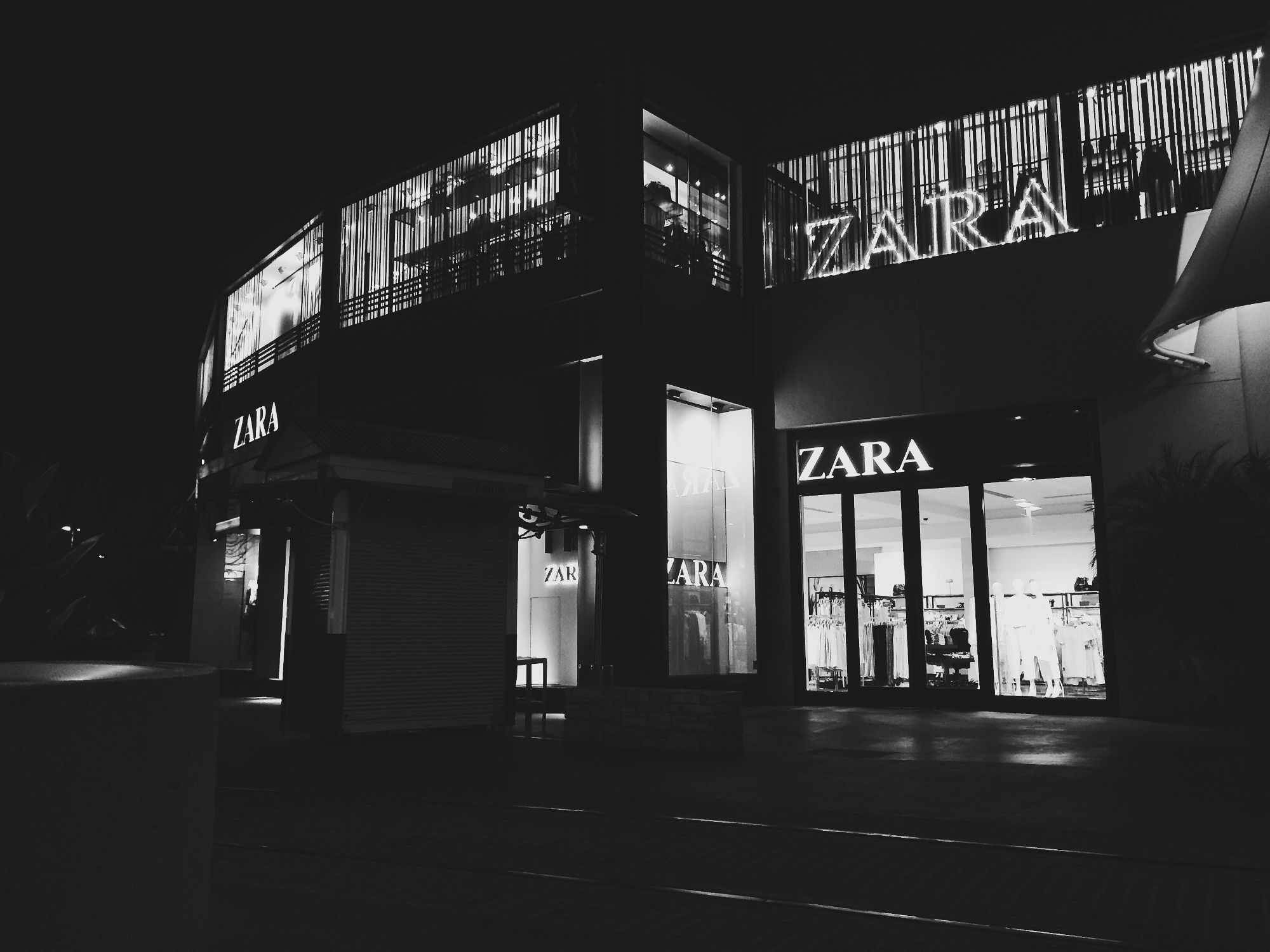 My sister brought Satin high heel court shoes from Zara and as it was looking really good she prompted me to buy it as well. To my ill luck when I went to the Zara store one week later it was already sold out. It took me by surprise because usually such merchandise in other brands would normally remain in the store for weeks together. Zara’s model is different which I learnt afterwards and that is based on fast fashion.
My sister brought Satin high heel court shoes from Zara and as it was looking really good she prompted me to buy it as well. To my ill luck when I went to the Zara store one week later it was already sold out. It took me by surprise because usually such merchandise in other brands would normally remain in the store for weeks together. Zara’s model is different which I learnt afterwards and that is based on fast fashion.
The idea here is to stock the store racks with the merchandise which is as per the latest trends in the fashion industry as soon as possible. How Zara is able to achieve this through big data will be covered shortly. You can get to know how exactly Zara uses big data if you have a bird’s eye view of the technology. I can only think of Intellipaat institute when providing competent big data training is the requirement.
How traditional fashion industry lags behind?
Most of the clothing brands and fashion stores run on a bi-annual or seasonal basis where there are long production lead times and typically low cost-centers like China and Bangladesh are chosen for manufacturing. That is why customers get their favorite fashion merchandise after waiting a particular amount of time during which these brands manufacture the merchandise at bulk. When such merchandise is not sold by the end of season it is given as discounts which is a loss to the clothing brand.
How Zara trumps over such inefficiencies by using big data?
Inditex is the parent company of Zara which produces over 84 crore garments in a year. The majority of this is sold by Zara. Each product has a unique RFID tag associated with it through which it is possible to track the product from warehouse to stores. Inditex has a central data processing unit which is open 24 hours a day which monitors all the movement of merchandises. Inventory management, design, distribution is achieved by the various teams of Inditex by monitoring over 6,000 of its outlets. Simple big data analytics help make all this possible.
When a product arrives at a store the RFID chip is used to determine which items need replenishing, their location which has made Zara more reflective of the customer needs. In fact, the sales team can track and deliver those products to the customers through this RFID tag. This sales tracking data is key to Zara’s success which increases the products which are most liked by the customers and stops manufacturing those products which don’t attract customer attention.
Zara has an elite team of 350 designers who receive constant feedback from this sales data. Big data analytics is greatly leveraged in this phase of design in Zara. Some lady didn’t like the long belt in hand bag or a man didn’t like more than one pocket in the jacket. Designers will design the merchandise based on this feedback provided by the sales professionals who use the analytics on likes and dislikes. Majority of factories of Zara are located in Europe and North Africa close to their business which helps them to deploy their manufactured merchandise to stores within 2-3 weeks. This greatly lowers the cost of holding excess inventory. Also Zara doesn’t sell items at discounts as it doesn’t overdo the manufacturing process.
Conclusion
Zara’s competitors sell about 2,000 to 4,000 various clothing items per year. Can you guess how much Zara sells? A whopping 11,000 clothing items per year. It also exults that it has the lowest inventory levels at the year end. Zara only manufactures 15 to 25% of the merchandise before the season begins. Over 50% of the merchandise is designed and manufactured after the season starts based on what becomes popular among the customers. This quick replenishment cycle model is what drives demand for Zara’s products. Other clothing brands are trying to emulate Zara’s model and grow big.






















